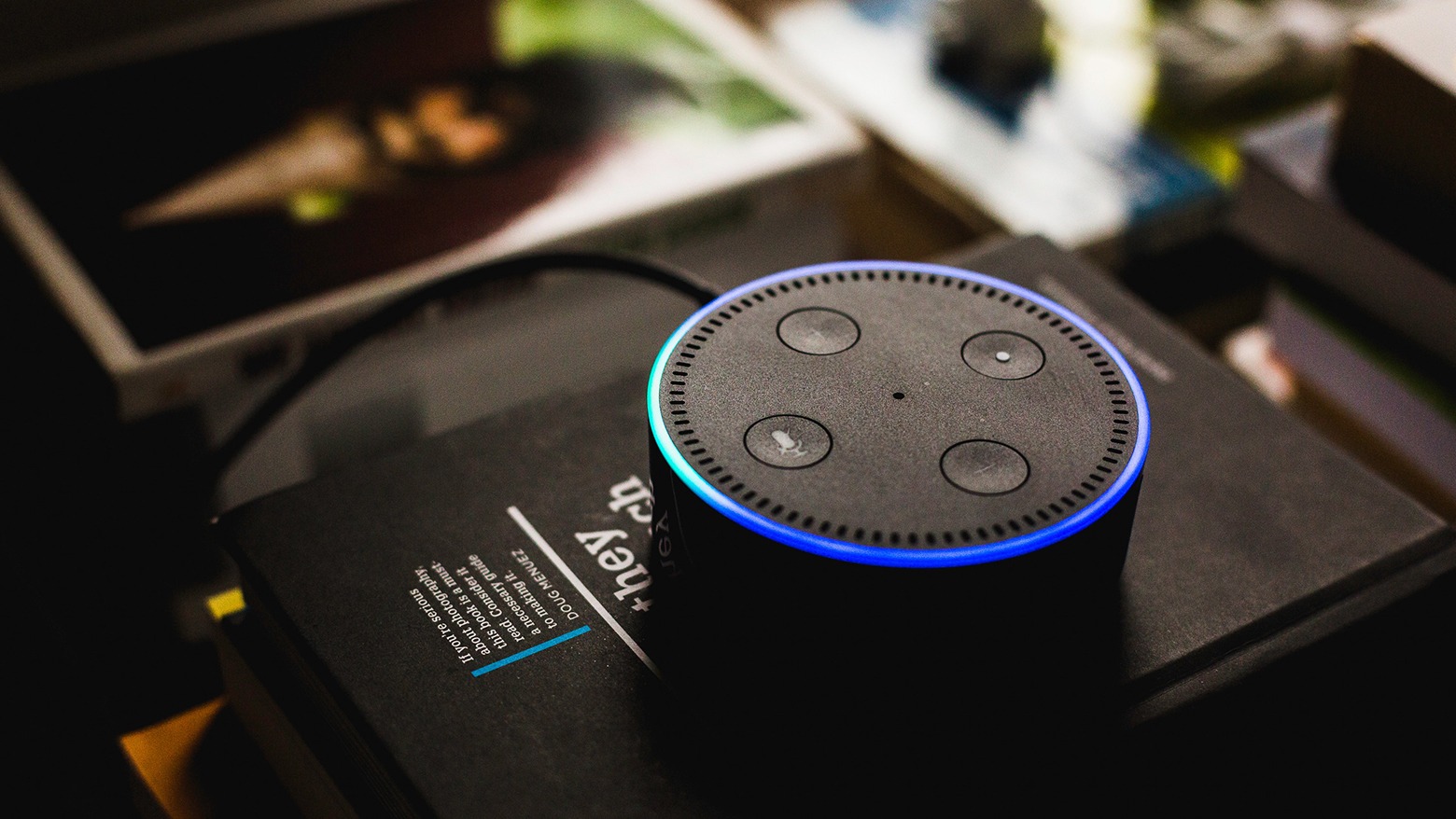Industry Insights
Blueprint for Your Life: AI in your Personal & Professional Life
When building a successful ecosystem, one of the biggest challenges for any business is generating wide adoption. Even Amazon needs to focus on things like this, which is why they’ve created Blueprints. Blueprints allows the average person to create private Skills for their personal use with their own Alexa-powered device. Skills are like apps for […]

When building a successful ecosystem, one of the biggest challenges for any business is generating wide adoption. Even Amazon needs to focus on things like this, which is why they've created Blueprints.
Blueprints allows the average person to create private Skills for their personal use with their own Alexa-powered device. Skills are like apps for Amazon's Alexa. Some examples of these new Blueprints would be: creating things like family to-do lists, instructions for pet sitters, instructions for how to turn on your TV for house guests, or even a trivia game for your family based on history and inside jokes.
If we explore the pet sitter example a bit, the scenario is simple:
You leave accessible instructions for your pet sitter, which can be as easy as having the pet sitter say, "Hey Alexa, what's the pet sitting list?" Alexa would then read the list of information that you programmed into the system — vet's name and number, any medications, when to feed your pets, where the food is located, etc. — whatever you want the person to know in relation to taking care of your pets.
This service is not public — the access point is from your Alexa devices in your own home. Once you set up a Blueprint, only those with access to your Alexa device(s), and who know the phrase to summon the Blueprint, will be able to access it.
The Real Value
It may seem like this is a very useful and fun addition to the numerous ways of using Alexa, but the truth is likely much deeper. If Amazon can make it easy for people to set Blueprints up, and the general Alexa user adopts them in large enough numbers, the amount of data Amazon has access to will grow exponentially. And specifically, the amount of data per household will grow measurably — allowing for better targeting of content, ads, and offers from Amazon's larger ecosystem.
The real value lies in proving the value of the Alexa system to consumers in a way that's meaningful and personal to the consumer. When that happens, the consumer will become a life-long adherent to the ecosystem.
The Machines Are Always Learning
Meanwhile, in the background, the machines are learning. They learn from every question and answer you put into a Blueprint, every time the Blueprint is run, and when you add a new Blueprint. The machines learn from your answers to questions, and from the new types of Blueprints you build. All of this information is collated with any other data the system has to identify patterns.
Over time, this helps the system improve. As more data from users (all anonymous) is fed into the cycle, the system is capable of offering better insights and more convenience to consumers. The difficult part is determining which types of Blueprints will get the most engagement, spurring growth and adoption. If consumers can get used to using their Blueprints in ways that matter to them personally, they'll likely engage more with third-party Skills — boosting value to businesses in that program.
Every new technology has its upsides and its downsides. You want a new service that makes life easier, but there is a cost associated in either money or data. The "cost" to engage with Blueprints is time (to build one) and data (whatever you put into the system, the type of Blueprint you choose, and it's frequency of use). It's an easy trade for most people to decide on because we do this every time we download a new app. This is a commonplace tradeoff today.
The benefits are immediate, can be long lasting, and may have a profound impact. Imagine your children learning about your family history through a Blueprint trivia game. You'll learn that your kids aren't just interested in the game, but that they'll want to build similar things and gain control of the system. It's unlikely Amazon brought Blueprints to market hoping it would help entice our children to want to learn to code, but this could easily plant that seed.
Amazon's Blueprints are really blueprints of our lives, helping their systems build more useful solutions. Solutions we all know we want and are willing to trade time and data for. While a small element in the larger Amazon ecosystem today, Blueprints could be the start of something very big and powerful for mainstream households to tap into.
Originally published on Marketing Artificial Intelligence Institute.

